Among thousands of exhibits, ancient sarcophagi are of particular value in it. They are the hallmark of the museum and attract many visitors.
The sarcophagi are 2.5 thousand years old, members of the same family are buried in them.
According to an employee of the Department of Archaeology of the Department of Antiquities, in ancient Kition, mainly in classical, Hellenistic and Roman times, it was the custom of this kind of burial. Most of these monuments discovered during excavations are made of Greek marble. Moreover, they are perfectly preserved.
“Sarcophagi were found in Larnaca, but the most monumental, the most impressive and the most perfect artistic value is the sarcophagus displayed in the museum and depicting a young male figure in a refined rich headdress. The amazing thing is that it retains its colors. Very rarely, the color remains in the soil after 2.5 thousand years. The ancient art of sculpture has always been colored. Thus, this sarcophagus, dating from the 5th century BC, helps us to better understand how color worked in ancient art,” said a representative of the Department of Antiquities.
This sarcophagus was found in a carved tomb. The temple, which dates back to the 4th century BC, is also considered a huge archaeological value, as it is full of written images depicting scenes from ancient Greek mythology.
Despite the fact that the tomb was looted, the bones of the deceased were found inside two rare sarcophagi. The anthropomorphic sarcophagus contained the remains of a young man, while it was found that the depicted form coincides with the contents. A sarcophagus in the shape of a temple contained the remains of a woman who had just given birth, after the bones of a baby were found with her. It is assumed that she could have been a woman who died in childbirth.
“The woman’s personal belongings, such as jewelry and alabaster, were also found in the sarcophagus. The appearance of the items indicates that they were imported to Cyprus from abroad,” the employee continued.
In total, the Archaeological Museum of Larnaca exhibits 5 sarcophagi of the IV-V BC centuries, which were the works of ancient local workshops.
According to an employee of the Department of Antiquities, the ancient sarcophagi led to the renovation of the Archaeological Museum.
“When they were found, it was decided that the entire exposition should be restored so that the sarcophagi could also be exhibited. Before the renovation, we had only two sarcophagi from the old collection that framed the shop,” the Department summed up.


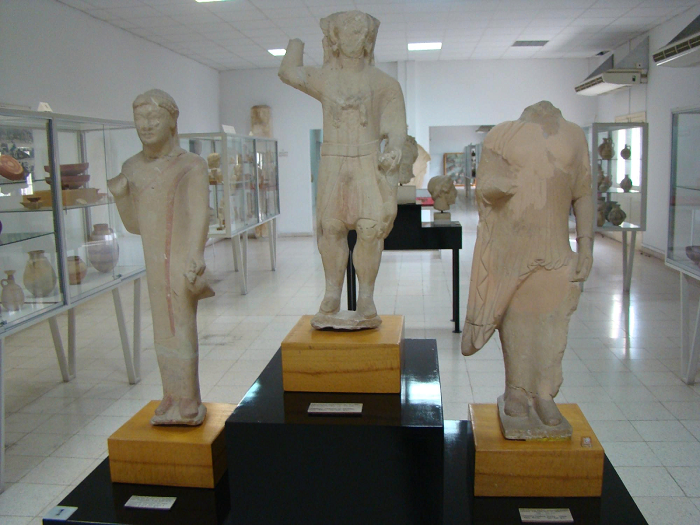

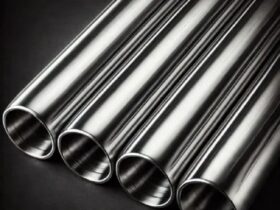
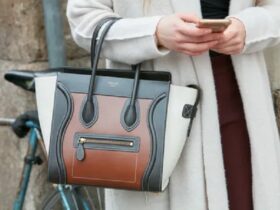


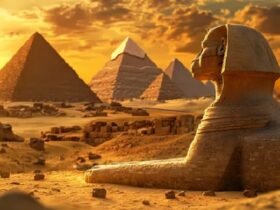

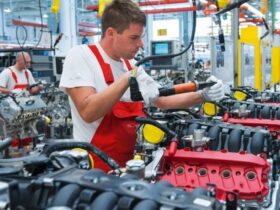


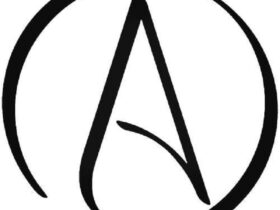
Leave a Reply